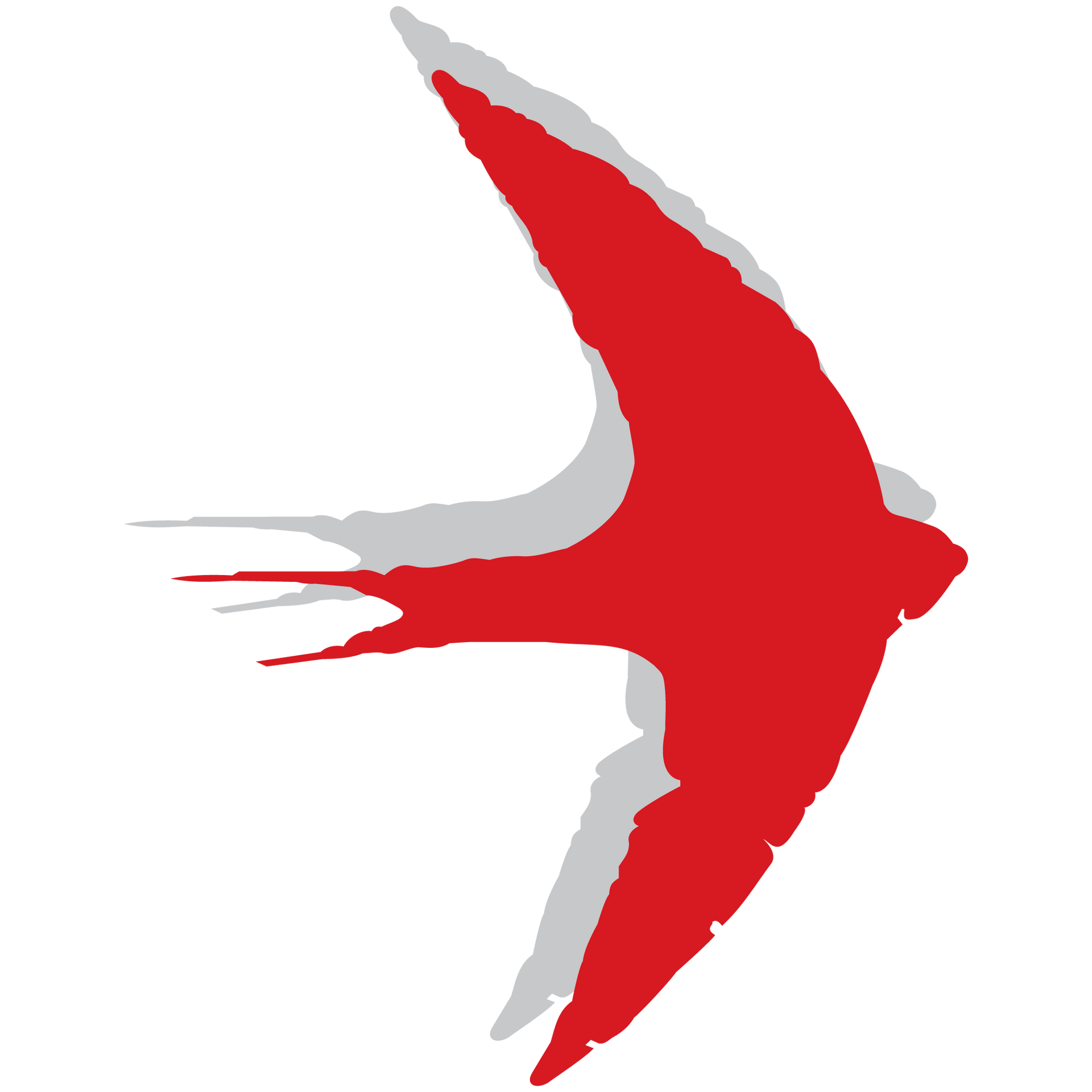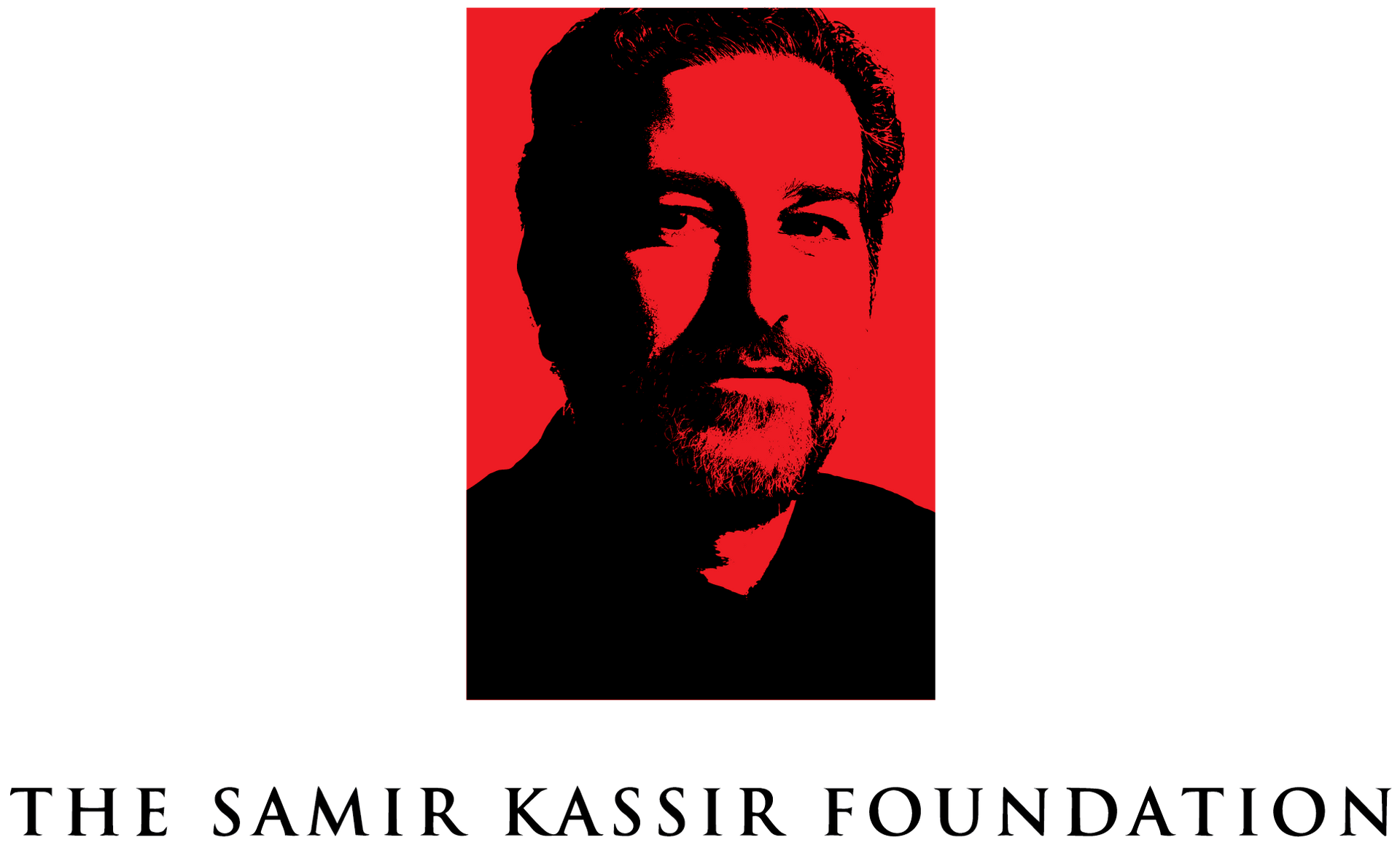Beirut Spring
Beirut, youth and residents
The spirit of the Festival is the springtime of life, the youth of age, the tender age, the age of discovery, the age of learning. To evoke the springtime of a city that has been inhabited for more than 7,000 continuous years seems so long ago, and yet Beirut's 7,000 years seem to be only the beginnings of its life. A city that, over the millennia, has recovered from conflicts and natural disasters, earthquakes and quakes, civil war and the world's third largest non-nuclear explosion. Buried beneath its own soil, it dusts off its ruins and paces up and down its streets that go up, its streets that go down, its Mediterranean staircases that link it and its inhabitants together.
Beirut is at the center of the Lebanese coast. It is the transit point for Lebanese of all 18 denominations. A city of plurality and pluralism, Beirut mixes itself and mixes us, whether we like each other or not, whether we want to or not. In Beirut, civilizations look at each other, rub shoulders and stand together. They take from each other. As a center of diversity, Beirut brings together 18 different ways of being and doing, right down to the kitchen, where the same dish is prepared with many different ingredients, cultivated throughout the heterogeneous Lebanese geography. Each one of its residents examplifies the desire to live together, and offers a model to be exported for a society of inclusion, assimilation and integration - beyond ideological, civilizational and cultural camps.
Beirut, welcome and outlook
From the centre of the Lebanese coast, Beirut corresponds with its neighbourhood. It's a city that, from the height of its springtime, has given and is still giving, has carried and is still carrying.
Those who have sought Beirut have found it.
It's a city for anyone who wanted, anyone who needed, anyone who was looking for more air, more oxygen, more freedom, more space to think, to create, to live.
It's a city of refuge, where the ever-present danger reminds us of the vulnerability of life, the vulnerability of the situation.
A city of passage, a springboard for humanitarian work, literary circles, cultural circles, diplomatic circles, religious circles, educational circles, Beirut is essential for certain professions, for understanding the Middle East, for understanding human beings.
Four languages are spoken: Arabic, French, English and Armenian. You speak with your hands, with your eyes, with your face, with your body. It's a place where communication is easy.
It's a city that looks to the other cities of Lebanon, through which parts of history are expressed, cities that are brimming with historical, architectural and contemporary particularities. Whether Baalbek, beyond the Bekaa plains, or Tripoli, Byblos, Sidon and Tyre, along the coast (to name but a few), these Mediterranean cities, continuously inhabited since the earliest civilizations, date back to the Canaanites, then the Phoenicians, the Persians, Assyrians, Macedonians, Romans, Armenians, Byzantine Greeks, Arabs, Seljuks, Mamelukes, Crusaders, the Ottoman Empire, then the mandate of the League of Nations that France administered, until the proclamation of Greater Lebanon in 1920, and independence in 1943.
A port and coastal city, Beirut faces the Mediterranean, equidistant between Africa (through the north of the oldest continent: Egypt, Libya, Tunisia, Algeria and Morocco) and Europe (through its south).
Beirut is a city in constant questioning with regard to its two neighbors, who don't recognize it, who often try to tighten their grip on it, and yet who always frees itself, not without difficulty.
Nevertheless, Beirut turns to the residents of its neighbors - now suffering and besieged - in their majestic cities, such as Damascus, Aleppo or Tartous. People with whom we have so much in common, Syrians and Palestinians, with succulent dishes such as Nablus cheese or the Damascene ouzeh.
Beirut, festival city
All this mixing, all this welcoming, all these glances, put Beirut at the age of spring. Beirut gives itself over to us, on our scale, during the spring season.
For three months in 2025, it offers us a plethora of proposals and simulations, a wealth of ideas, genres, styles, approaches and expressions in art, culture, politics, religion, society, languages, business, social action, gastronomy and the environment.
Ephemeral events, static or animated, and singular or returning venues, plays, dance performances and music concerts, residencies, screenings, debates, symposia, salons and lots of conversations, exhibitions, design events, costume walks, events around freedom of expression, the press, justice, the law, gastronomic performances, sound and light shows, nature walks, for the awakening of nature, for the awakening of the person, for the awakening of Beirut, for the awakening of Beirutites, friends of Beirut, and lovers of Beirut, like the founder of this Festival who left last year and whom this edition celebrates, in an exceptional celebration that prepares the 20th anniversary of the assassination of the muse of this Festival: a journalist of freedom, fallen, assassinated by a car bomb, placed by a mentality, by a state of mind that chooses darkness over light, servitude over freedom, humiliation over dignity.
And it is from the writings of Samir Kassir that the name "Beirut Spring Festival" emerges. On 4 March 2005, the Lebanese Arabic-language daily Annahar published "Beirut, Printemps des Arabes" (بيروت ربيع العرب), an article in which Samir Kassir writes that Beirut has once again become the great symbol in the Arab world; Beirut, who prophesies that Arab renewal is possible again, and invents this Arab tomorrow, a tomorrow guided by the love of life, a love that calls for free living. While Beirut was the first of the Arabs to fall 30 years ago, its history is now a reminder that social freedom is the surest gateway to national freedom, through openness to the world. Beirut, the best mediator between, on the one hand, the Orange and Velvet Revolutions, and, on the other, the Arab world, which seemed far removed from any change, at a time when the world was changing. And Samir Kassir concludes that the Arabs will return to Lebanon when the Beirut Spring comes, and that the Syrians will return as relatives to the Lebanese, who know, more than most, that when the Arab Spring blooms in Beirut, it heralds the buds in Damascus.




